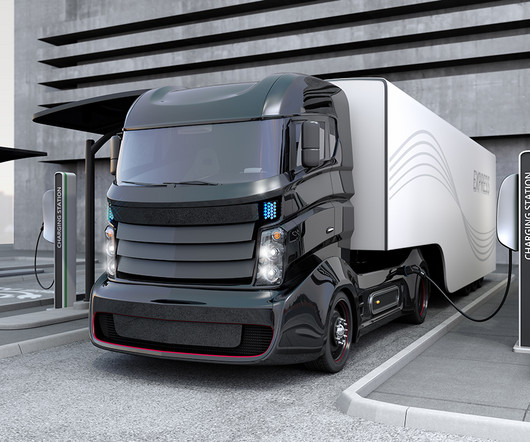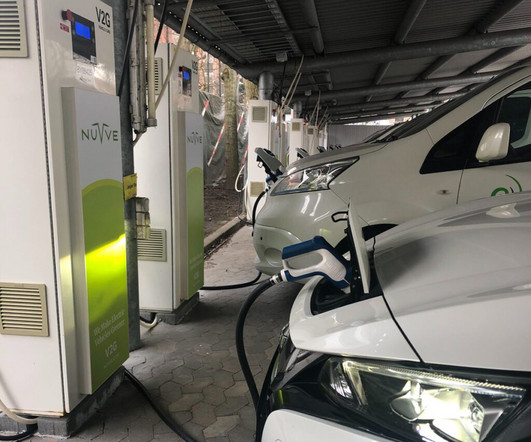Electrification gaining momentum in fleet vehicle industry – Charged EVs
Baua Electric
FEBRUARY 29, 2024
The electrification of commercial vehicles, including trucks, buses and fleet vehicles, is gaining significant momentum globally. According to a report by Smart Energy Decisions , there were more than one million electric vehicles (EVs) in commercial and government fleets in the United States as of 2021, up from just over 300,000 in 2019.



















Let's personalize your content